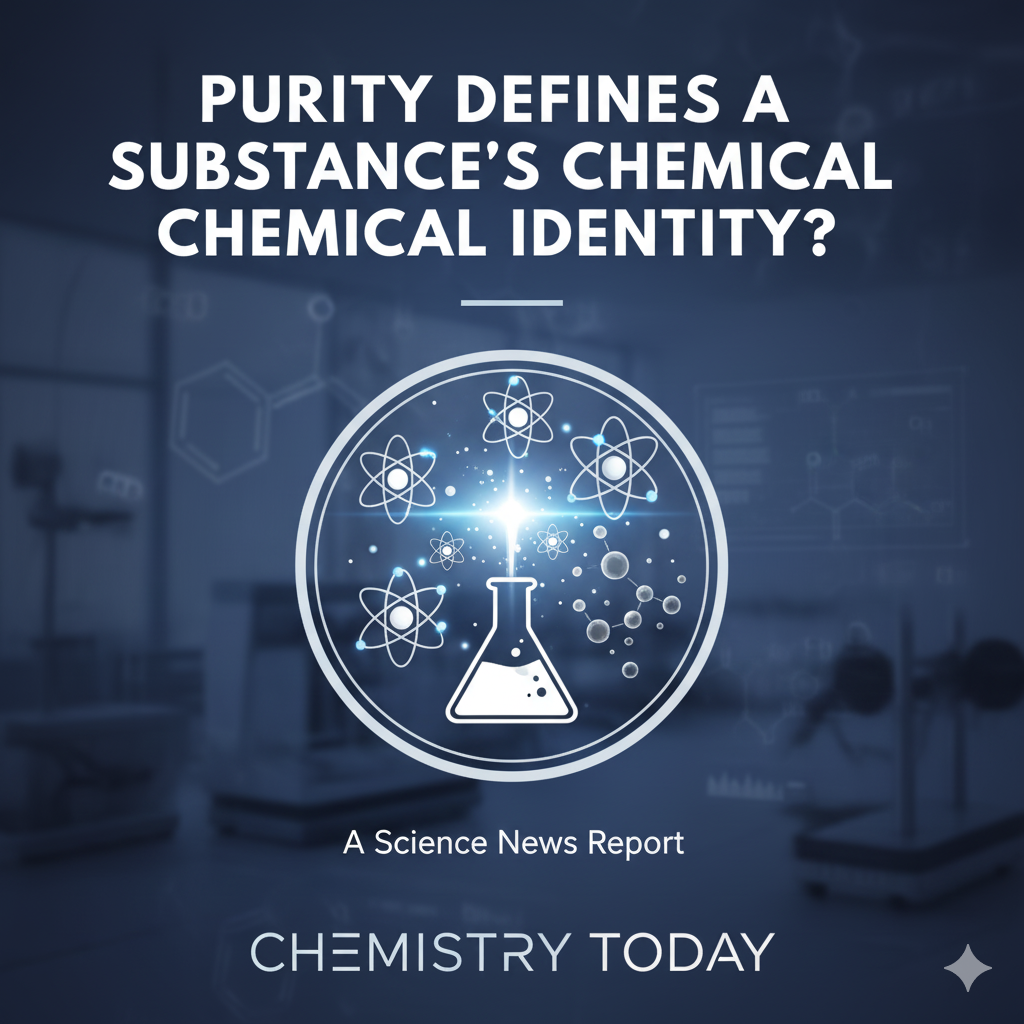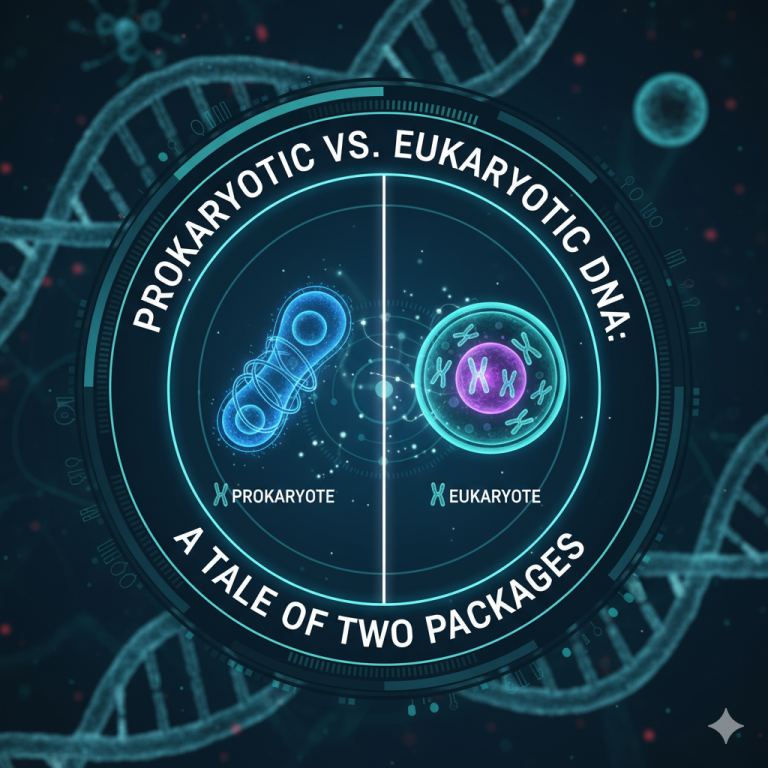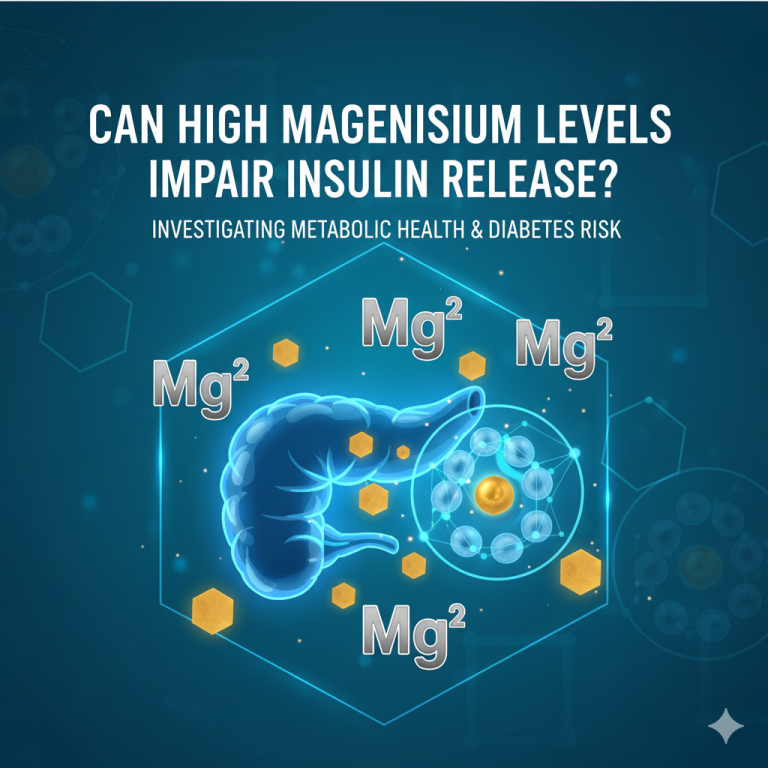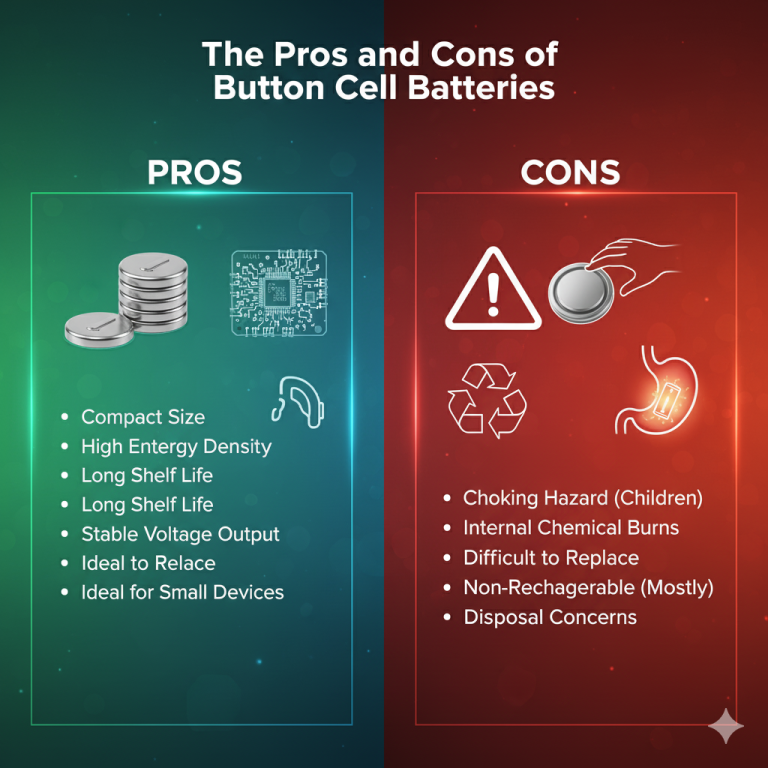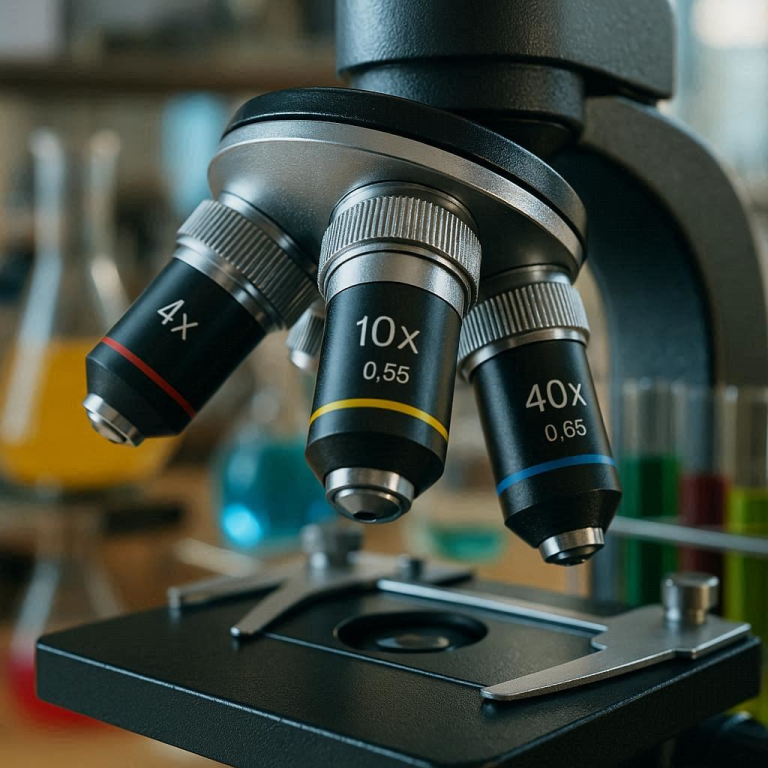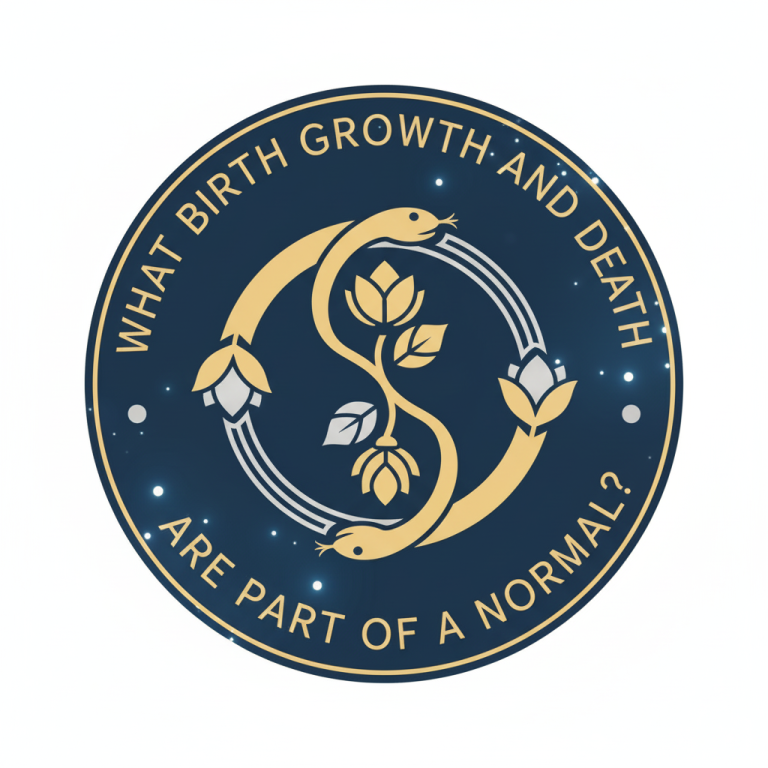Purity Defines a Substance’s Chemical Identity?
The chemical identity of any substance is fundamentally defined by a specific, unique set of properties, both physical and chemical. These characteristic properties, such as melting point, boiling point, density, and reactivity, are intrinsic to a substance comprised of a single type of particle, like an element or compound. The concept of purity is therefore absolute and central to chemistry, a pure substance consists of only one kind of particle and will exhibit a sharp, constant, and reproducible set of these defining properties. For instance, the rigid definition of a compound like pure water, H₂O, dictates it has a precise boiling point of 100°C at standard atmospheric pressure. Any deviation from this expected behavior, such as the boiling point changing, is direct and undeniable evidence of impurity. The presence of even small amounts of foreign substances, known as contaminants, disrupts the orderly structure and interactions of the primary substance, thereby altering its measurable characteristics and changing its very chemical identity from a pure substance to a mixture.
This principle is the cornerstone of analytical chemistry and has profound implications across all scientific and industrial fields. The impact of impurities is not merely academic, it can have dramatic consequences on material behavior, drug efficacy, and safety protocols. A pharmaceutical product, for example, must meet stringent purity criteria because the presence of isomeric or trace chemical impurities can render a life saving drug ineffective or even toxic. The separation techniques used in laboratories, such as distillation, chromatography, and recrystallization, are all designed to isolate a pure substance from a mixture based on exploiting differences in their physical properties. The successful outcome of these purification processes is always verified by testing if the substance now matches the expected, documented characteristic properties. Therefore, purity is not an abstract concept but a concrete, measurable state that guarantees a substance will behave in a predictable and defined manner, which is the very foundation of chemical synthesis, quality control, and reproducible scientific research.
Frequently Asked Questions
Question: What is the difference between a pure substance and a mixture?
Answer: A pure substance has a fixed composition and constant properties, while a mixture contains two or more substances physically combined and has variable properties.
Question: Can a pure substance be separated into other substances?
Answer: A pure element cannot be broken down by chemical means. A pure compound can be broken down into its constituent elements only by a chemical reaction.
Question: Why does an impurity change a substance’s melting point?
Answer: Impurities disrupt the orderly crystal lattice of a solid, making it easier to overcome the intermolecular forces and melt at a lower, broader temperature range.
Question: Is 100% purity ever achievable in practice?
Answer: In a perfect, theoretical sense, yes, but in practical laboratory and industrial settings, we work with very high purity grades (e.g., 99.99%), where the amount of impurity is negligible for the intended purpose.
Question: How is purity measured?
Answer: Through various analytical techniques like melting point analysis, chromatography, and spectroscopy, which detect and quantify the presence of impurities.
Question: What is a common example of how purity affects behavior?
Answer: Pure gold is very soft, but when mixed with other metals like copper (an impurity) to form an alloy, it becomes much harder and more durable for jewelry.
Question: Does water from a natural spring count as a pure substance?
Answer: No, spring water is a homogeneous mixture containing dissolved minerals and gases, which is why it does not have the exact boiling or freezing point of pure water.
Question: What is the difference between purity and concentration?
Answer: Purity refers to the absence of other substances. Concentration describes the amount of a substance dissolved in a given volume of solvent, which could itself be pure or a mixture.
Question: Why is purity critical in pharmaceuticals?
Answer: Impurities in drugs can alter their therapeutic effect, cause unwanted side effects, or be toxic, making strict purity control a matter of patient safety.
Question: Is air a pure substance?
Answer: No, air is a homogeneous mixture of primarily nitrogen, oxygen, and other gases. Its composition can vary.
Keywords: chemical purity, pure substance, chemical identity, characteristic properties, mixture, impurities, melting point, boiling point, chemical compound, analytical chemistry, separation techniques, quality control, physical properties, contaminants, distillation, chromatography, material behavior
Tags: #Chemistry #ChemicalPurity #PureSubstance #AnalyticalChemistry #MaterialsScience #QualityControl #Impurities #LabTechniques #ChemicalProperties #ScienceEducation

